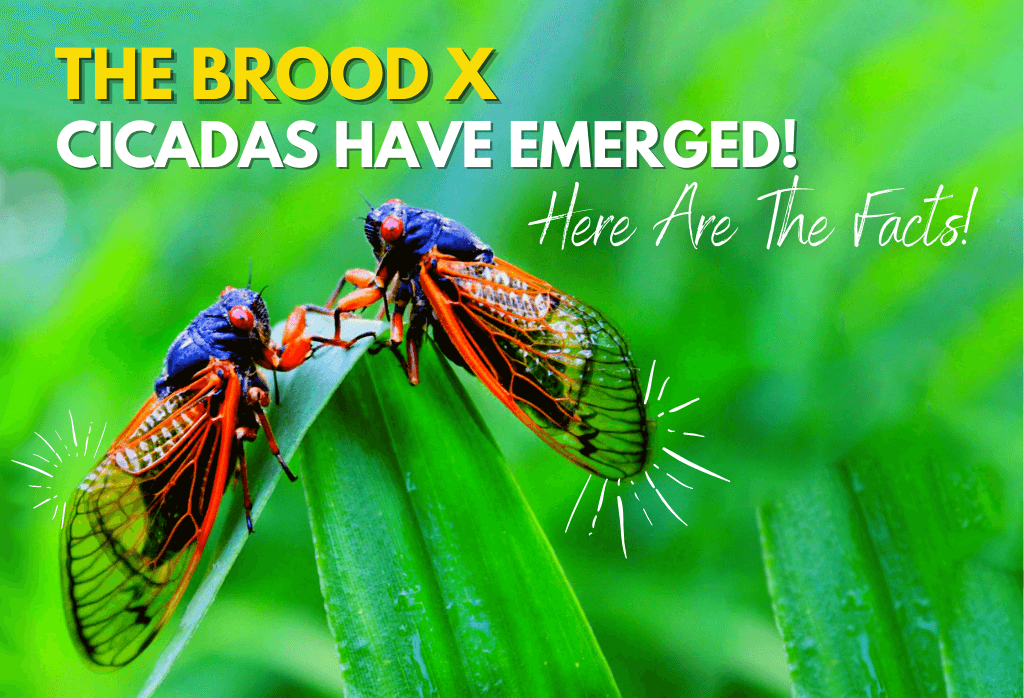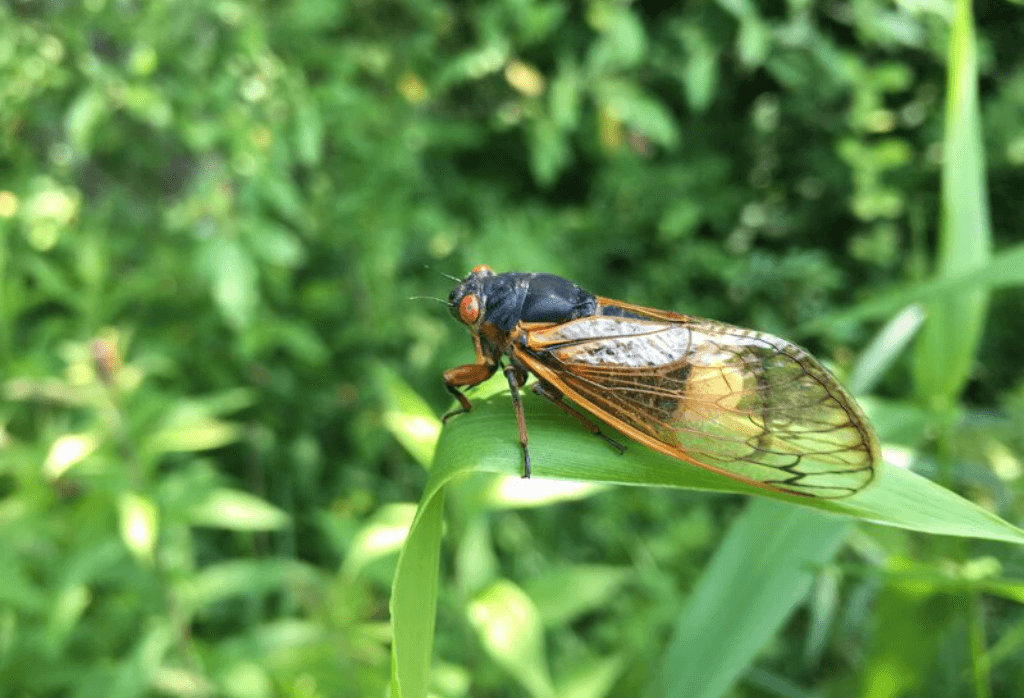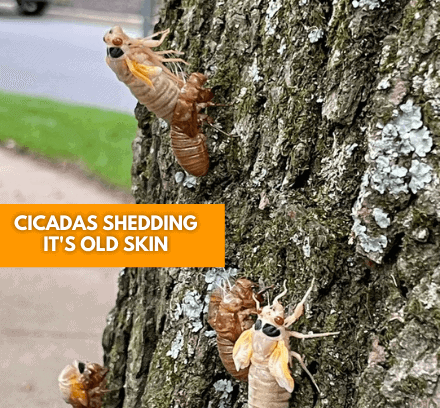2021 Brood X Cicadas Have Emerged: When Will It End?
It is that time of year, once again. The sound of cicadas chirping away in the trees around your home. This year it is a little more chirping than we are all used to as trillions of cicadas are appearing in eastern and midwestern US states, emerging after 17 years below the ground. Some folks like the ‘singing’, others find it an interminable and bothersome nuisance. Whether you are pro or con in your thinking about cicadas, there are many misconceptions about these not so little critters. Below, we’ve gathered a few facts we hope will clear the air a bit.
First, a look at the 17-year cicadas we are all talking about- BROOD X. They last emerged in 2004, and trillions of them have returned in 2021. When the Brood X cicada last emerged in 2004, it left billions of baby cicadas behind. Periodical cicadas, as they are known, spend most of their lives underground, they go at least eight inches to the soil. Their emergence is controlled genetically. When soil temperatures at a depth of eight inches reach the correct level, they will appear once again every 17 years.
Photo Credit: Earth Sky
2021 Cicadas Map
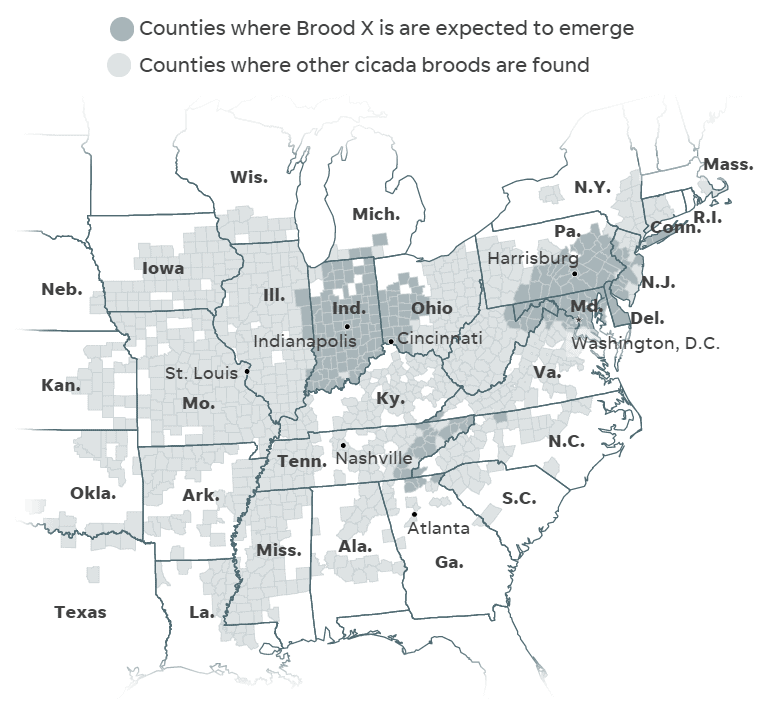

Photo Credit: USA Today
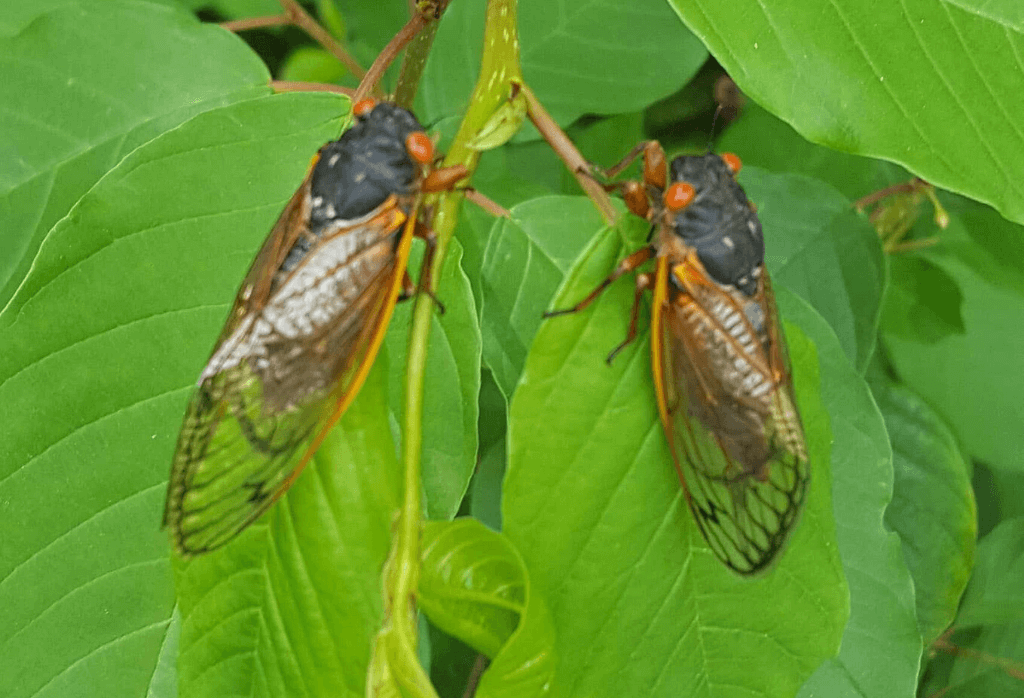
Cicadas emerge as nymphs and immediately climb the nearest tree, where they begin to lose their exoskeleton.
The chirping or ‘singing’ you hear is the male’s mating call. It can be quite loud and is very effective in attracting female cicadas!
Cicadas live four to six weeks, time enough to mate before dying, usually by late July.
The period cicadas spend underground, ranges from two to 17 years.
Cicadas are edible. In some places around the world, cicadas are considered a delicacy. The taste has been described as shrimplike, or tasting like asparagus and, now and then, even peanut butter.

Annual cicadas are always around. They, like their longer-lived relatives who spend a lifetime underground, behave in the same way; emerge, find a temporary tree home, molt, mate and die.
There are an amazing 3,390 different species of cicadas in our world, over 80 reside in California alone!
Every continental state has no less than four species of cicadas.
Importantly, beyond driving many of us crazy as we attempt to enjoy the great outdoors on summer evenings, they really do no harm and serve as a food source for several bird species.
For many, there is a certain comfort in knowing that, no matter what else is happening in the world, our old friends, the cicadas, will be right there, predictably letting us know that, for better or worse, some things just never change! To enjoy more facts bout cicadas, click here.
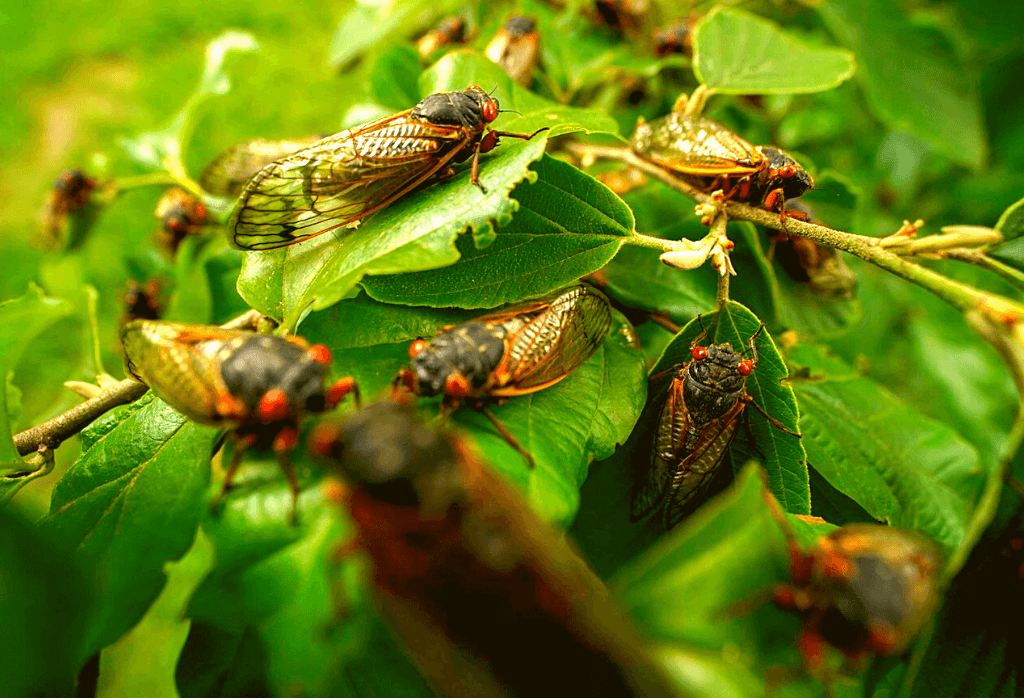

Brood X Cicada Life Cycle
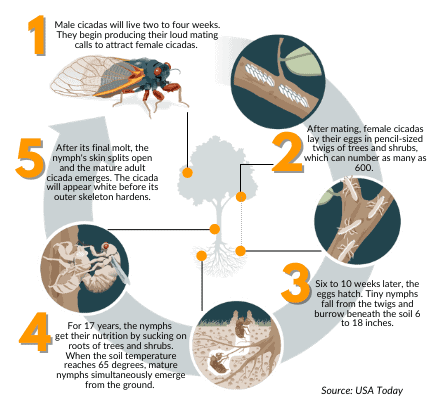


Join Our Free Lawn Care Newsletter
Stay Up to Date With The Latest News & Updates
* We don’t share your info with anyone ever.

